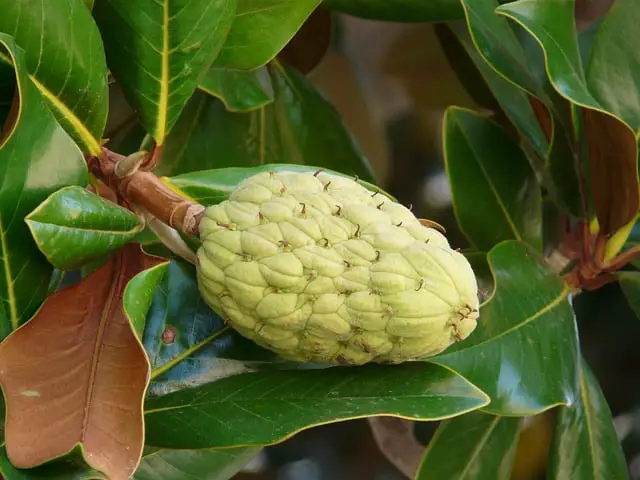Rubber tree plants are a popular indoor plant choice due to their attractive appearance and low maintenance requirements. However, even with the best care, a rubber tree plant can still become sick and start to die.
If you notice that your rubber tree plant is not thriving, there are steps you can take to save a dying rubber tree plant and bring it back to health.
The first step to saving a dying rubber tree plant is to identify the signs of a sick plant. Some common signs of a dying rubber tree plant include yellowing or browning leaves, leaf drop, and a drooping appearance.
Once you have identified these signs, it is important to understand the causes of a dying rubber tree plant in order to address the underlying issues and nurse your plant back to health.
Key Takeaways
- Identifying the signs of a dying rubber tree plant is crucial to saving it.
- Proper lighting, watering, soil, and drainage are essential to the health of a rubber tree plant.
- Reviving a dying rubber tree plant involves addressing the underlying issues, such as pests or improper care, and implementing corrective measures.
Also read:
Identifying Signs of a Dying Rubber Tree Plant
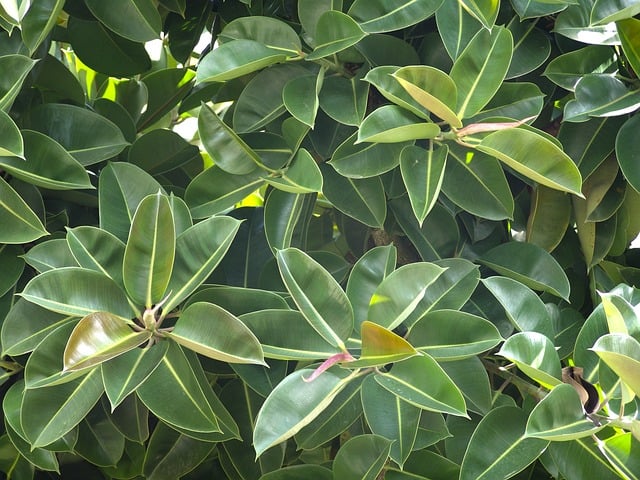
Rubber tree plants are known for their attractive glossy leaves and air-purifying qualities, making them a popular indoor plant. However, like any other plant, rubber tree plants can suffer from stress and disease, resulting in a dying plant.
To save a dying rubber tree plant, it is essential to identify the signs of a dying plant early on and take the necessary steps to revive it.
One of the most common signs of a dying rubber tree plant is yellow or brown leaves. While some yellowing and shedding leaves are natural, excessive leaf loss can indicate a problem.
Wilting, faded, or droopy leaves are also signs of a dying rubber tree plant. Discoloration of the leaves can be an indication of a nutrient deficiency or a pest infestation.
Another sign of a dying rubber tree plant is black spots on the leaves. These spots can be caused by fungal or bacterial infections, which can spread quickly and cause the leaves to fall off.
Stunted or slow growth is also a sign of a dying rubber tree plant. If the plant is not growing as it should, it may be due to a lack of sunlight, water, or nutrients.
Shedding leaves is another sign of a dying rubber tree plant. If the plant is losing too many leaves, it may be due to overwatering, underwatering, or a pest infestation. It is essential to identify the cause of the shedding leaves and take appropriate action to save the plant.
Understanding the Causes of a Dying Rubber Tree Plant
Rubber tree plants can die for various reasons, including environmental factors, watering and soil issues, and pest and disease problems. Understanding the causes of a dying rubber tree plant is crucial to saving it.
1. Environmental Factors
Temperature, lighting, and humidity can all affect the health of your rubber tree plant. Rubber tree plants prefer bright, indirect light and temperatures between 60-75°F.
They also require high humidity levels to thrive. If the humidity is too low, the leaves will start to drop. On the other hand, if the humidity is too high, the plant may develop fungal and bacterial infections.
2. Watering and Soil Issues
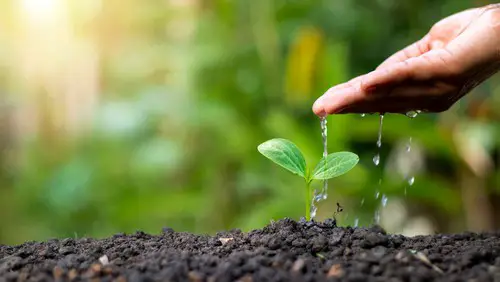
Overwatering or underwatering can cause a rubber tree plant to die. Rubber tree plants prefer well-draining soil and should be watered when the top inch of soil is dry. If the soil is kept too wet, the roots may rot, leading to the death of the plant. On the other hand, if the soil is too dry, the leaves will start to droop and may eventually fall off.
3. Pest and Disease Problems
Rubber tree plants are susceptible to various pests, including spider mites, mealybugs, and thrips. These pests can cause leaf damage and eventually lead to the death of the plant if left untreated. Root rot is another common problem that can cause a rubber tree plant to die. This is often caused by overwatering or poor drainage.
4. Other Factors
Stress, cold temperatures, fungi, mold, and diseases can also cause a rubber tree plant to die. If a rubber tree plant is exposed to extreme temperatures or stress, it may start to drop leaves or die back. Fungal and bacterial infections can also occur if the plant is not kept in the right conditions.
Importance of Proper Lighting
Proper lighting is crucial for the health of a rubber tree plant. Rubber plants require bright, indirect light to grow. If the plant is not getting enough light, it may appear droopy, and its leaves may turn yellow or brown. On the other hand, too much light can also harm the plant, causing its leaves to burn and turn brown.
It is essential to place the rubber tree plant in a location that receives bright, indirect light. If the plant is not getting enough light, consider moving it to a brighter location or using a grow light to supplement natural light.
A grow light can provide the plant with the necessary light it needs to thrive, especially during the winter months when natural light may be limited.
It is also important to note that the lighting needs of a rubber tree plant may vary depending on the season. During the summer months, the plant may require more shade to protect it from direct sunlight, while during the winter months, it may require more light to thrive.
Lighting issues can also affect the health of a rubber tree plant. If the plant is not receiving the proper lighting, it may become weak and susceptible to pests and diseases. It is crucial to monitor the plant’s lighting needs regularly and make adjustments as needed to ensure its health and longevity.
The Role of Watering in Rubber Tree Plant Care

Watering is one of the most important factors in the care of rubber tree plants. Proper watering is essential to maintain the health and well-being of your plant. Both overwatering and underwatering can cause damage to the plant, so it is important to find the right balance.
1. Overwatering
Overwatering is a common mistake that can lead to the death of a rubber tree plant. When the soil is constantly wet, it can cause the roots to rot, which can be fatal for the plant. Signs of overwatering include yellowing leaves, brown spots, and a mushy or rotten smell coming from the soil.
To avoid overwatering, it is important to ensure that the soil has proper drainage. A pot with drainage holes can help excess water to escape, preventing it from sitting in the soil and causing damage. It is also important to allow the soil to dry out slightly between waterings.
2. Underwatering
Underwatering is another common mistake that can be harmful to rubber tree plants. When the soil is too dry, it can cause the leaves to wilt and turn yellow. Additionally, underwatering can make the plant more susceptible to pests and diseases.
To avoid underwatering, it is important to water the plant when the soil is dry to the touch. However, it is important not to let the soil become bone dry, as this can cause damage to the roots.
3. Proper Watering
Proper watering is essential to maintain the health of your rubber tree plant. The best way to water a rubber tree plant is to wait until the top inch of soil has dried out before watering again. When it is time to water, it is important to water deeply and thoroughly, allowing the excess water to drain out of the bottom of the pot.
It is also important to avoid getting water on the leaves of the plant, as this can cause damage and promote the growth of bacteria and fungi. Instead, water the soil directly, making sure to saturate the entire root system.
4. Moisture
Rubber tree plants prefer moist soil, but not soil that is overly wet. It is important to find the right balance between too much and too little water. A good rule of thumb is to water the plant when the top inch of soil feels dry to the touch.
In addition to proper watering, it is important to maintain proper humidity levels around the plant. Rubber tree plants prefer a humid environment, so it can be helpful to mist the leaves with water occasionally or place a humidifier near the plant.
The Significance of Soil and Drainage
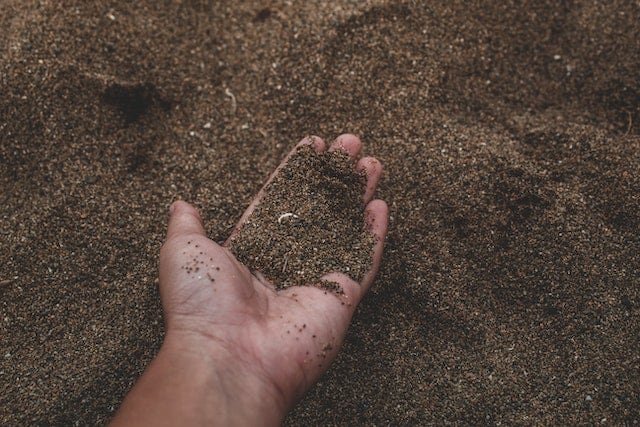
The condition of the soil and the drainage of water are critical factors in saving a dying rubber tree plant. The plant requires well-draining soil to prevent waterlogging and root rot. The soil should be porous enough to allow air to circulate around the roots, and it should retain enough moisture to keep the plant hydrated.
Rubber trees prefer a soil mixture that is slightly acidic with a pH range of 6.0 to 7.0. The soil should be rich in organic matter and well-draining. A good soil mixture for rubber trees includes peat moss, perlite, and sand.
In addition to the soil mixture, the drainage of water is also important. The plant should be potted in a container with drainage holes at the bottom to allow excess water to escape. If the water is not drained properly, it can lead to waterlogging, which can damage the roots and cause root rot.
It is essential to check the soil moisture regularly to ensure that the plant is not overwatered or underwatered. Overwatering can lead to waterlogging, while underwatering can cause the plant to dry out and die. The frequency of watering should be adjusted according to the weather and the climate where the plant is located.
Addressing Temperature and Humidity Needs
Rubber tree plants are sensitive to temperature and humidity changes, which can affect their overall health. If the temperature is too cold or too warm, the plant may start to wilt or drop leaves.
Similarly, if the humidity levels are too low or too high, the plant may suffer from leaf burn or root rot. Therefore, it is important to address the temperature and humidity needs of the rubber tree plant to prevent it from dying.
Temperature
Rubber tree plants thrive in temperatures between 60°F to 75°F (15°C to 24°C). If the temperature drops below 50°F (10°C), the plant may start to suffer. Therefore, it is important to keep the plant away from cold drafts or air conditioning vents.
On the other hand, if the temperature is too high, the plant may start to wilt or drop leaves. In such cases, it is recommended to move the plant to a cooler spot or provide shade.
Humidity
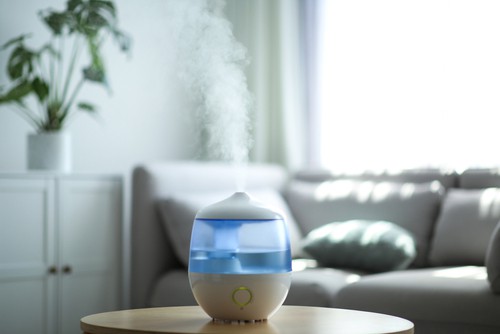
Rubber tree plants prefer a humid environment with levels between 40% to 60%. If the humidity levels drop below 30%, the plant may start to suffer from leaf burn or dryness.
On the other hand, if the humidity levels are too high, the plant may suffer from root rot or fungal growth. Therefore, it is important to maintain the right humidity levels for the plant to thrive.
To increase humidity levels, one can use a humidifier or place a tray of water near the plant. Additionally, one can mist the leaves of the plant with water to increase humidity levels. However, it is important to avoid misting the leaves during the night, as this can lead to fungal growth.
Dealing with Pests and Diseases
Rubber tree plants are susceptible to pests and diseases that can cause them to wither and die. It is essential to identify and treat these issues promptly to save your plant. Here are some common pests and diseases that affect rubber tree plants and how to deal with them.
Pests
1. Spider Mites
Spider mites are tiny pests that feed on the sap of plants, causing leaves to turn yellow and dry out. They are common in hot, dry conditions and can quickly spread to other plants.
To get rid of spider mites, spray your plant with a mixture of water and neem oil or insecticidal soap. Repeat the process every few days until the infestation is gone.
2. Mealybugs
Mealybugs are small, white, cotton-like insects that suck sap from plants, causing leaves to turn yellow and drop. They are common in warm, humid conditions and can be difficult to get rid of.
To treat mealybugs, spray your plant with a mixture of water and insecticidal soap or neem oil. You can also wipe the leaves with a damp cloth to remove the bugs.
3. Thrips
Thrips are tiny, slender insects that feed on the sap of plants, causing leaves to turn yellow and curl. They are common in warm, dry conditions and can be challenging to get rid of. To treat thrips, spray your plant with a mixture of water and insecticidal soap or neem oil. You can also wipe the leaves with a damp cloth to remove the bugs.
Diseases
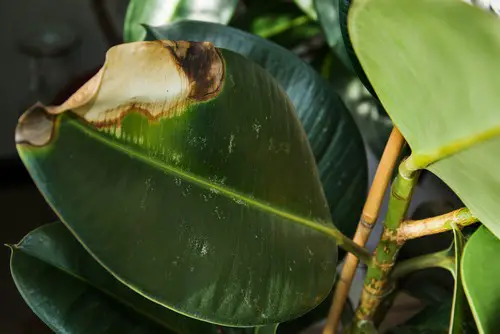
Mold and Fungi
Mold and fungi are common problems that affect rubber tree plants, especially in humid conditions. They can cause leaves to turn yellow and drop and can spread quickly to other plants.
To treat mold and fungi, remove any affected leaves and spray your plant with a fungicide. You can also improve air circulation and reduce humidity levels to prevent the growth of mold and fungi.
Reviving a Dying Rubber Tree Plant
When a rubber tree plant is dying, it can be challenging to know what to do to revive it. However, with proper care and attention, it is possible to save a dying rubber tree plant. Here are some steps to take:
1. Check the Environmental Factors
Temperature, lighting, and humidity can all affect the health of a rubber tree plant. If the plant is not thriving, consider whether any of these factors may contribute to its decline. For example, if the plant is in direct sunlight or near a drafty window, it may be getting too much or too little light and heat.
Similarly, if the air in the room is too dry, the plant may need more humidity.
2. Check the Soil
The soil is another critical factor in the health of a rubber tree plant. If the soil is too dry or too wet, it can cause the plant to wilt or die. Check the soil to see if it is moist but not soggy. If the soil is dry, water the plant. If the soil is too wet, allow it to dry out before watering again.
3. Prune the Plant
If the rubber tree plant has dead or damaged leaves, it is important to prune them. This will help the plant focus its energy on new growth rather than trying to repair damaged leaves. Use clean, sharp scissors or pruning shears to remove any dead or damaged leaves.
4. Provide Adequate Moisture
Rubber tree plants require more water during the summer season. Make sure the soil stays moist but not soggy, and water without drowning the plant. Wipe the leaves using a damp cloth or keep them nice and moist by using a spray to mist the leaves. Keeping the leaves moist will help them absorb sunlight.
5. Check the Roots
The roots of a rubber tree plant are essential to its health. If they are brown and mushy, the plant is overwatered. Gently remove the plant from its pot and clean the soil off the roots. Trim away any damaged or mushy roots, and repot the plant in fresh soil.
By following these steps, it is possible to revive a dying rubber tree plant and help it thrive once again.
The Process of Repotting

When a rubber tree plant starts to outgrow its current pot, it may be time to repot it to ensure its continued growth and health. Repotting a rubber tree plant is a simple process that involves a few key steps.
First, choose a new pot that is one size larger than the current pot. Make sure the pot has drainage holes to prevent water from accumulating in the soil and causing root rot.
Next, remove the plant from its current pot by gently pulling it out by the base of the stem. If the plant is stuck, use a knife to loosen the soil around the edges of the pot.
Once the plant is out of the pot, inspect the roots for any signs of damage or disease. If there are any brown or mushy roots, trim them off with a clean pair of scissors or pruning shears.
After trimming the roots, place the plant in the new pot and fill in the gaps with fresh, well-draining potting soil. Firmly press the soil around the base of the stem to ensure the plant is stable in the pot.
Water the plant thoroughly, allowing any excess water to drain out of the bottom of the pot. Place the plant in a bright, indirect light location, and avoid direct sunlight, which can burn the leaves.
It’s important to note that repotting a rubber tree plant should only be done once every two to three years, as the plant prefers to be slightly root-bound. Over-potting can lead to excess soil moisture, which can cause root rot and other problems.
Proper Fertilization Techniques
Fertilizing a rubber tree plant is an essential aspect of maintaining its health and promoting growth. However, it is crucial to follow proper fertilization techniques to avoid over-fertilization, which can damage the plant.
1. Choosing the Right Fertilizer
When selecting a fertilizer for a rubber tree plant, it is essential to choose one that is specifically designed for indoor plants. Look for a balanced fertilizer with equal amounts of nitrogen, phosphorus, and potassium. Avoid using fertilizers that contain high amounts of nitrogen, which can cause leaf burn and damage to the plant.
2. When to Fertilize
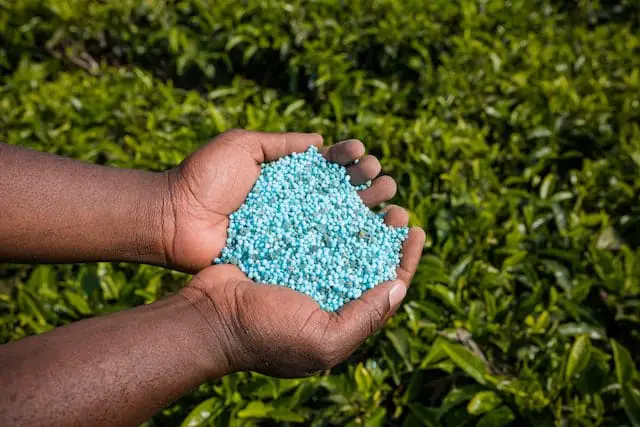
Rubber tree plants should be fertilized during their growing season, which typically occurs during the spring and summer months. Fertilize the plant every two weeks during this period, and then reduce the frequency during the fall and winter months.
3. How to Apply Fertilizer
When applying fertilizer to a rubber tree plant, it is crucial to follow the instructions on the package carefully. Avoid over-fertilizing the plant, as this can cause root burn and damage the plant. It is also essential to water the plant thoroughly after fertilizing to ensure that the fertilizer is distributed evenly throughout the soil.
4. Signs of Over-Fertilization
Over-fertilization can cause damage to a rubber tree plant, so it is essential to be aware of the signs. Some common signs of over-fertilization include yellowing leaves, leaf drop, and stunted growth. If you notice any of these signs, stop fertilizing the plant immediately and flush the soil with water to remove any excess fertilizer.
Pruning for Better Growth
Pruning is an essential part of caring for a rubber tree plant. It helps to remove dead or dying branches and encourages new growth. Pruning can also help to shape the plant and keep it looking neat and tidy.
When pruning a rubber tree plant, it’s important to use clean, sharp pruning shears. This helps to prevent the spread of disease and ensures a clean cut. Start by removing any dead or yellowing leaves, as well as any branches that are crossing or rubbing against each other.
To encourage new growth, prune the rubber tree plant just above a node or where another stem branches off. This helps to stimulate new growth from that point. If the plant is getting too tall or leggy, prune the top of the plant to encourage branching.
It’s important not to remove too much foliage than is necessary. Remove about a third to one-half of the plant’s branches, but take care not to overdo it. Over-pruning can cause stress to the plant and slow down its growth.
Regular pruning can help to keep the rubber tree plant healthy and encourage new growth. It’s best to prune in late spring or early summer when the plant is actively growing. By removing dead or dying branches and shaping the plant, you can help it to thrive and look its best.
Conclusion
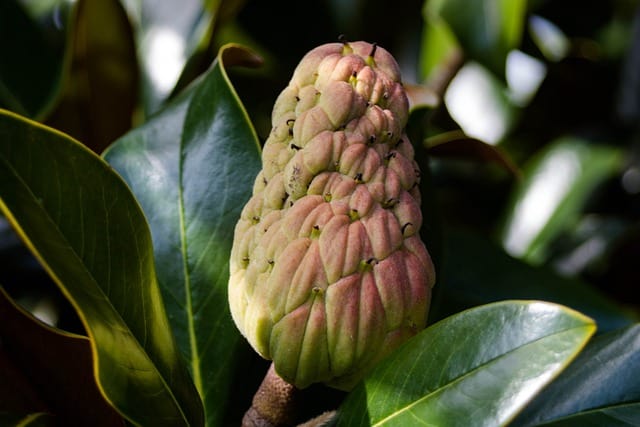
Taking care of a rubber tree plant requires attention and effort, but it is worth it to enjoy its beauty and air-purifying qualities. If a rubber tree plant is dying, it is important to identify the cause and take action promptly. By following the steps outlined in this article, one can save a dying rubber tree plant and ensure its long-term health.
Environmental factors such as temperature, lighting, and humidity can affect the health of a rubber tree plant. It is important to keep the plant in a location that is suitable for its needs, both indoors and outdoors. During the summer months, it is important to protect the plant from direct sunlight and excessive heat.
Overwatering or underwatering can also cause a rubber tree plant to die. It is important to water the plant properly and ensure that the soil is well-draining. Sap and pests can also damage the plant, so it is important to keep an eye out for any signs of infestation.
By following the steps outlined in this article, one can save a dying rubber tree plant. However, prevention is always better than cure. It is important to provide the plant with the right environment and care to ensure its long-term health. With proper care, a rubber tree plant can thrive and bring joy to any indoor or outdoor space.
Frequently Asked Questions
How can I revive a dying rubber tree plant?
Reviving a dying rubber tree plant requires identifying the underlying problem and taking corrective action. If the plant is under-watered, increase the frequency of watering and ensure that the soil is moist.
If the plant is over-watered, reduce the frequency of watering and ensure that the soil is not waterlogged. Additionally, ensure that the plant is getting adequate light and is not exposed to extreme temperatures.
What are the signs that a rubber tree plant is dying?
The signs that a rubber tree plant is dying include yellowing leaves, brown and rotting roots, excessive leaf loss, and a foul odor emanating from the soil. Additionally, the stem may be soft or mushy, which is a sign of overwatering or root rot.
What is the best way to water a rubber tree plant?
The best way to water a rubber tree plant is to ensure that the soil is moist but not waterlogged. Water the plant thoroughly and allow excess water to drain away. Avoid leaving the plant in standing water, as this can lead to root rot.
How often should I fertilize my rubber tree plant?
Fertilize your rubber tree plant every two to four weeks during the growing season (spring and summer) with a balanced fertilizer. Reduce fertilization during the dormant season (fall and winter).
What are the common causes of a rubber tree plant dying?
The common causes of a rubber tree plant dying include overwatering, underwatering, exposure to extreme temperatures, lack of light, pest infestation, and root rot. Additionally, using contaminated soil or pots can also cause the plant to die.
How can I prevent my rubber tree plant from dying?
To prevent your rubber tree plant from dying, ensure that it is getting adequate light and is not exposed to extreme temperatures. Water the plant regularly, but ensure that the soil is not waterlogged.
Avoid over-fertilizing the plant and using contaminated soil or pots. Additionally, inspect the plant regularly for signs of pest infestation or disease and take corrective action promptly.

Hey, I’m Lisa and I’ve been an avid gardener for over 30 years. I love writing, talking and living in the garden! Feel free to connect with me on my socials below

